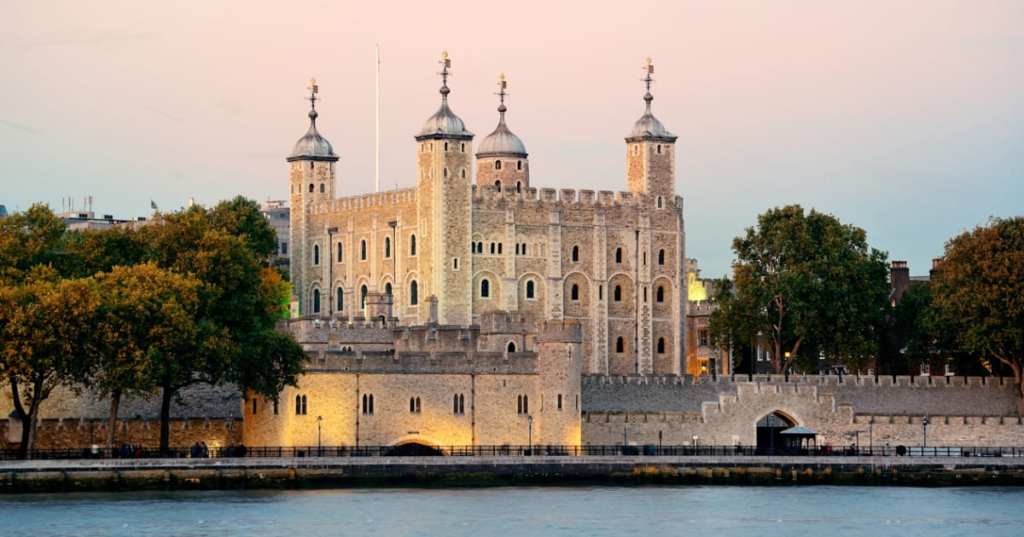Trending Now
There are some places in the world that we all seem to know exist, and have pictures of in our minds, but depending on our level of interest in the area, our knowledge may not extend far beyond that.
The Tower of London is one of those things you just know about, that you’ve probably seen if you’ve visited the city, but that your history on might be a bit murky.
If you’re curious about this sturdy, long-standing backdrop to one of the most famous cities in the world, here are 5 stalwart facts about the building that, since the 11th century, has been a royal palace, a menagerie, a prison, the Royal Mint, and a repository for royal documents and jewels – to name a few.
5. It was once home to a now-extinct subspecies of lion.
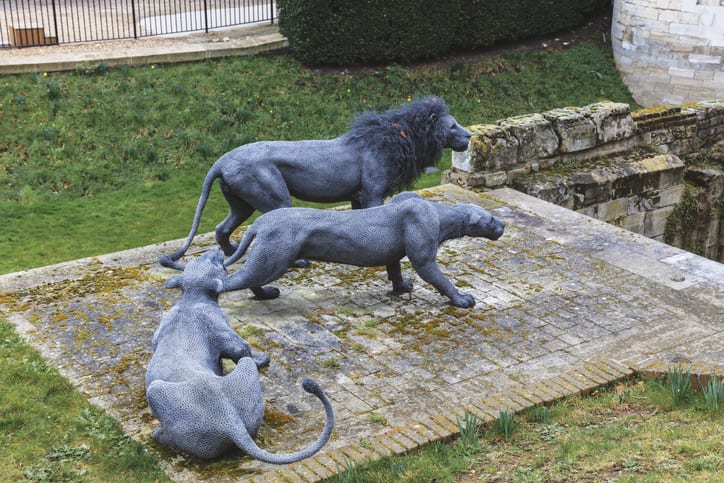
Image Credit: iStock
King John began keeping a menagerie from the exotic gifts the English kings received from other monarchs. In the 1200s, people came to see captive lions and a white bear, among other things, but the animals were all re-homed to the London Zoo in the 1830s.
Only sculptures remain now, but in 1936, excavations led to the discovery of two lion skulls that had been there since the Middle Ages. Scientists believe they were the remains of Barbary lions, which had disappeared from existence more than a century earlier.
4. It has played unwelcome host to some famous guests.
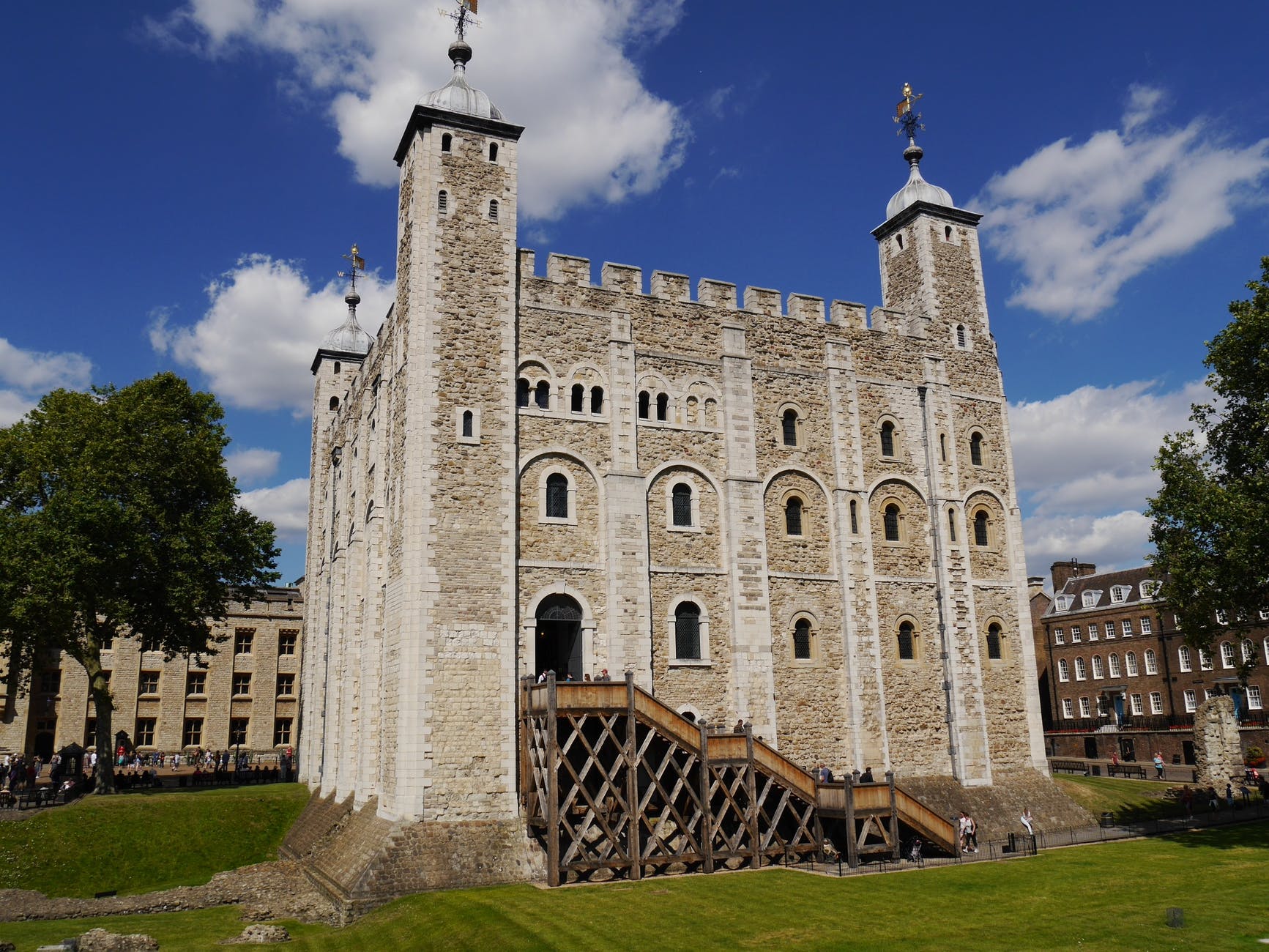
Image Credit: Pexels
The building housed a prison that incarcerated all manner of criminals – from royals accused to treason and religious conspirators to common thieves and even those accused of practicing witchcraft or sorcery, its walls have borne witness to quite a lot.
Three queens have been beheaded there – Anne Boleyn and Catherine Howard (both at the order of Henry VIII) and Lady Jane Grey, charged with high treason by Queen Mary I.
Queen Mary’s half-sister Elizabeth also spent time in the tower in 1554, but managed to escape when there wasn’t enough evidence of her treason to warrant an execution.
The last execution on the property was in 1941, and saw the end of German spy Josef Jokobs by firing squad.
The Tower stopped housing prisoners altogether in the mid-1950s.
3. Really old skeletons are still being unearthed.
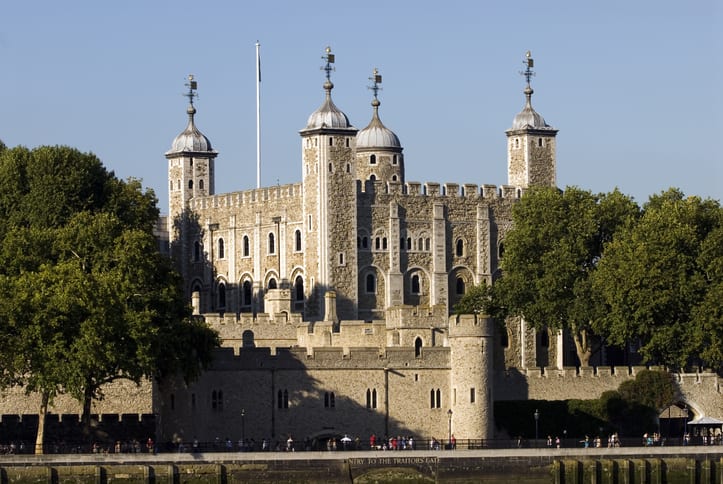
Image Credit: iStock
In 2019, archaeologists found the skeletons of an adult woman and a child near the same spot where the headless body of Queen Anne was laid to rest.
The bones were likely buried between 1450 and 1550, and have delighted experts with what they can tell us about people living at the tower during that time.
2. A Catholic priest escaped in the 16th century.
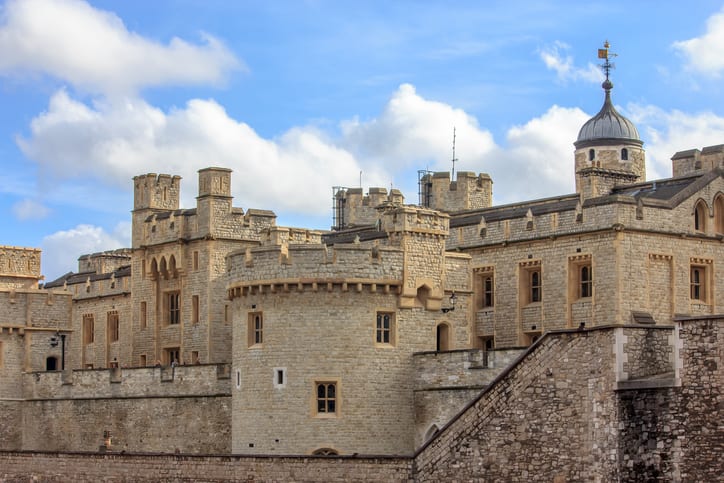
Image Credit: iStock
Catholics were pursued, captured, incarcerated, and tortured during the reign of Queen Elizabeth I, and Jesuit priest John Gerard had the misfortune to be one of them.
He escaped by sending notes to his fellow prisoner, John Arden, and his outside supporters that were written in invisible ink.
He fashioned it using orange juice, and the notes revealed his secret messages when held up to a candle or other heat source.
1. Legend says it’s nothing without its ravens.
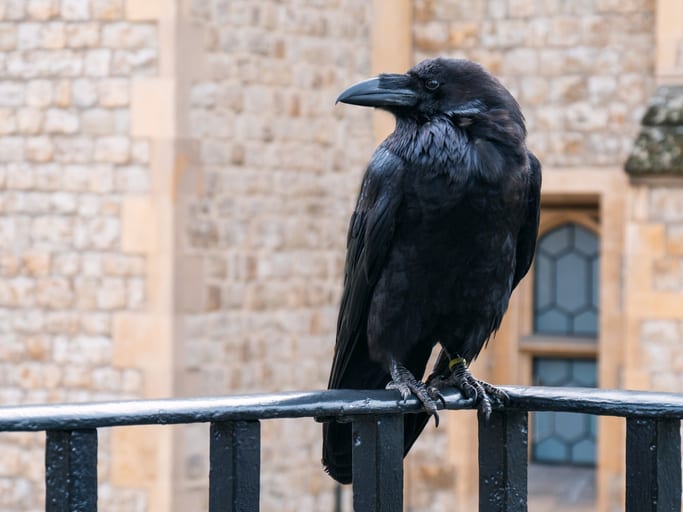
Image Credit: iStock
In the mid-17th century, King Charles II was warned by a seer that if ever the ravens left the tower of London, the Crown would meet its own demise.
He ordered that six birds be kept in the tower at all times, and even today, seven ravens continue to live in the Tower of London.
There’s an aviary on the grounds, and recently, babies even hatched there.
The birds can fly but have carefully clipped wings that ensure they stay close to home.
That said, they have escaped a few times in the past, and the current ravenmaster laments that the fewer visitors during covid has meant less stimulation for the birds – two of whom are staying gone for longer stretches in order to have some good old fashioned fun.
One would assume.
I’m always up for learning new things, and these were all interesting!
If you know more fun (?) facts about the Tower of London, drop them in the comments.

